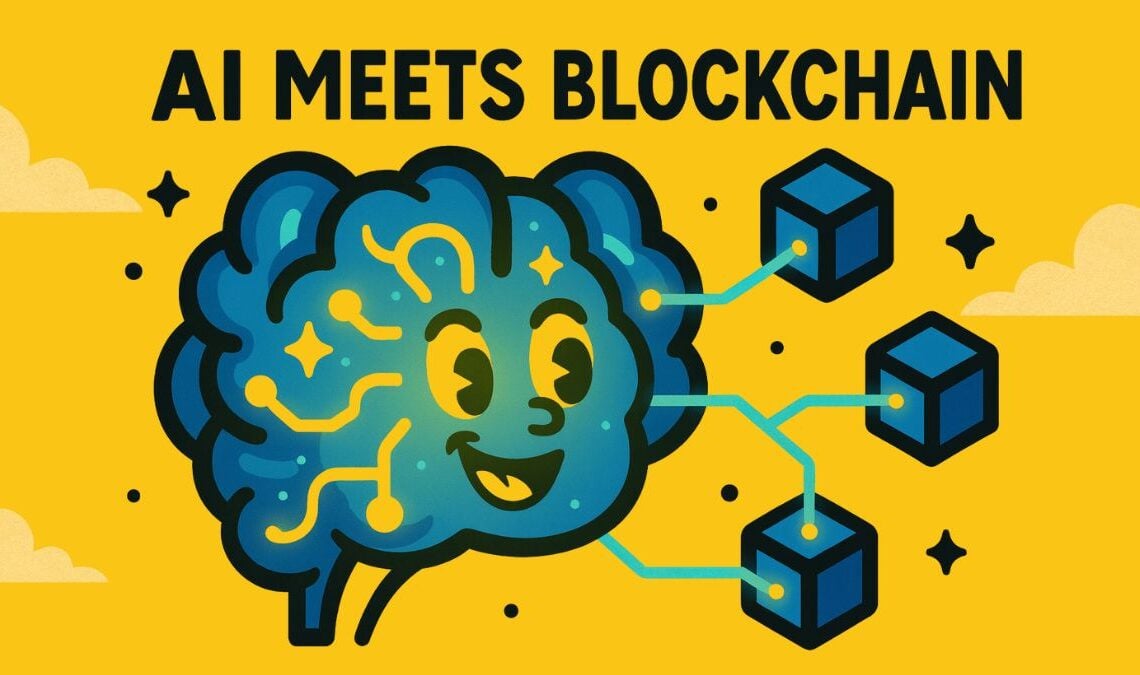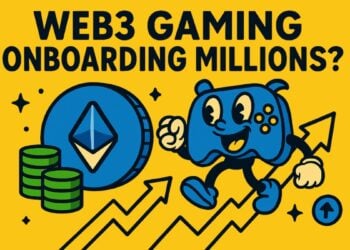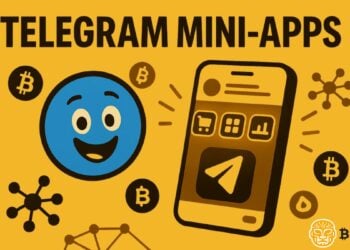In 2025, the line between artificial intelligence and blockchain is no longer blurry — it’s a rapidly growing intersection reshaping the crypto industry. As AI meets Blockchain, projects are finding new ways to improve scalability, security, automation, and user experience, creating innovations that were impossible just a few years ago.
From decentralized AI marketplaces to AI-powered smart contracts, this convergence is giving birth to a new wave of crypto applications that could define the next decade of Web3.
The Rise of AI-Driven Blockchain Solutions
The pairing of AI and blockchain is not just a trend; it’s a natural evolution. Blockchain brings transparency, immutability, and trustless execution. AI brings predictive analytics, automation, and decision-making power. Together, they solve some of each other’s weaknesses.
For example, while blockchain networks store and secure vast amounts of data, AI algorithms can analyze that data in real time to identify patterns, detect fraud, and optimize network efficiency. This fusion is particularly visible in sectors like DeFi, NFTs, gaming, and supply chain tracking — areas where both speed and trust matter.
Key Areas Where AI Meets Blockchain in 2025
One of the most exciting aspects of this convergence is how broad its applications are becoming.
In decentralized finance (DeFi), AI is being integrated into trading bots, risk assessment systems, and liquidity optimization tools. Platforms can automatically adjust interest rates, rebalance portfolios, and flag suspicious transactions — all without human intervention.
In the NFT and gaming sector, AI-driven engines are creating adaptive game worlds, generating unique digital assets, and even personalizing player experiences in real time. Combined with blockchain’s ownership verification, this ensures every item and interaction is unique, secure, and tradable.
In security and compliance, AI can scan blockchain transactions to detect irregularities, combat money laundering, and maintain regulatory compliance at scale — something manual processes could never achieve at the same speed.
Decentralized AI Marketplaces
Another frontier where AI meets Blockchain is in the rise of decentralized AI marketplaces. These platforms allow users to buy, sell, and share AI models without relying on centralized companies. By hosting models on blockchain-based networks, developers can ensure their creations remain transparent, tamper-proof, and fairly monetized.
Such marketplaces also democratize AI, giving smaller players access to powerful algorithms that were once limited to big tech companies.
AI-Enhanced Smart Contracts
Smart contracts are already one of blockchain’s most revolutionary features, but they’re often rigid and require manual updates. With AI integration, these contracts can become adaptive — changing parameters based on real-world data and predictive insights.
Imagine a decentralized insurance contract that automatically adjusts premiums based on AI risk models, or a DeFi lending protocol that updates interest rates based on market sentiment analysis. This combination offers more flexibility while preserving blockchain’s security guarantees.
Challenges Ahead
While the benefits are clear, merging AI and blockchain comes with challenges. AI models require significant computing power, and blockchain networks — especially those using proof-of-work or heavily decentralized structures — can be slow and resource-intensive. There’s also the question of bias and accountability in AI decision-making, which can be amplified if left unchecked.
Moreover, storing large AI datasets on-chain is impractical due to scalability and cost concerns, leading many projects to explore hybrid solutions combining on-chain verification with off-chain processing.
The Road Ahead
As AI meets Blockchain in 2025, we are seeing the beginnings of a new technological paradigm. The projects that succeed will be those that leverage the strengths of both technologies without overcomplicating the user experience. In time, we could see fully autonomous decentralized applications — dApps that not only execute transactions but also learn, adapt, and improve without direct human oversight.
It’s a vision where AI provides the brains, blockchain provides the trust, and together they unlock possibilities that will define the next phase of the digital economy.
Final Thoughts: The Convergence That Could Redefine Web3
The meeting point where AI meets Blockchain is more than a passing innovation — it’s shaping the infrastructure of Web3. As adoption grows, expect AI-powered crypto projects to lead in areas like DeFi automation, personalized gaming, fraud prevention, and decentralized AI services.
For investors, developers, and users, understanding this convergence isn’t optional anymore. It’s the key to recognizing which projects have the potential to dominate the next decade.








